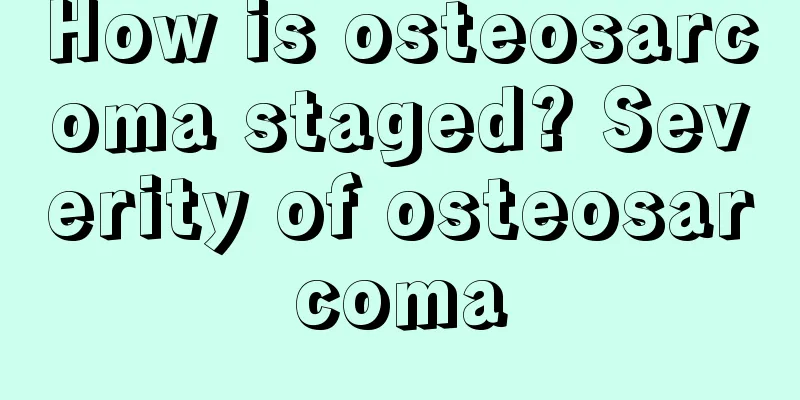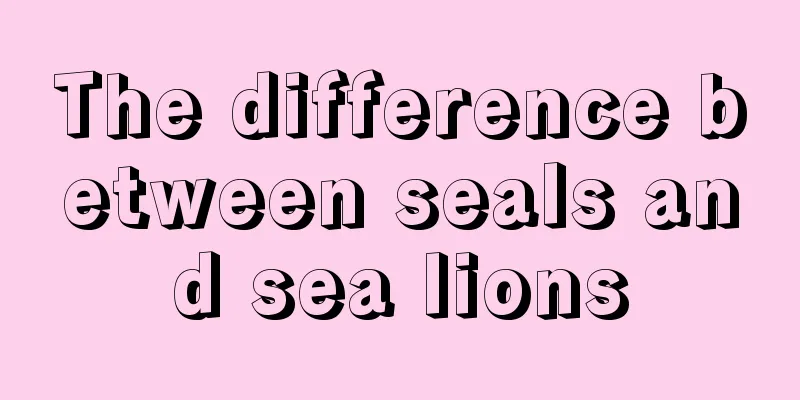Does renal hamartoma need treatment? Left

|
Whether renal hamartoma requires treatment depends on the specific situation, mainly related to the size of the tumor, growth rate, whether symptoms occur, etc. If the renal hamartoma is small, asymptomatic and stable, usually no special treatment is required, only regular monitoring is required; but if a large tumor, obvious symptoms, risk of rupture or complications occur, active treatment is required, and common methods include drug therapy, minimally invasive surgery and partial nephrectomy. 1) Observation and follow-up of small renal hamartomas Renal hamartoma is a common benign tumor. Patients with less than 4 cm and no symptoms usually do not need special treatment. Regular imaging examinations such as ultrasound, CT or MRI can be performed every year to monitor the size and growth of the tumor to ensure that it does not grow rapidly or cause complications. At the same time, patients should pay attention to maintaining a healthy lifestyle, quit smoking and limit alcohol consumption to avoid lesions caused by abnormal blood vessels. 2) Drug treatment For patients with obvious symptoms or slightly larger tumors (such as 4-7 cm), drug therapy can be considered, especially targeted drugs such as everolimus or sirolimus. These drugs can effectively control tumor growth by inhibiting angiogenesis and cell proliferation. However, drug therapy is suitable for relieving symptoms or for patients who are not suitable for immediate surgery. It needs to be used for a long time under the guidance of a doctor, and the treatment effect should be evaluated regularly. At the same time, be alert to drug side effects such as immunosuppression and oral ulcers. 3) Surgical treatment If the tumor is larger than 7 cm in diameter or has a high risk of rupture and bleeding, active intervention is required. Currently, common surgical treatments include the following three: -Minimally invasive surgery (such as percutaneous tumor ablation): Through radiofrequency ablation or freezing technology, tumor tissue is directly destroyed, with minimal trauma and quick recovery. - Partial nephrectomy: preserves the healthy part of the kidney and removes only the tumor, suitable for large unilateral tumors or when kidney function is affected. -Total nephrectomy: If the tumor involves the entire kidney or if malignancy is suspected, the entire kidney needs to be removed, but this approach is more radical and should only be considered when necessary. Small, asymptomatic renal hamartomas can usually be managed with regular follow-up, while larger tumors or those at risk of complications require intervention such as medication or surgery. A doctor's professional evaluation is key to determining treatment options, so if you have symptoms or concerns, you should see a doctor as soon as possible and develop an individualized treatment plan. |
>>: What is the reason for a small hard lump behind a child's ear
Recommend
A unique recipe for curing pterygium
Ptosis usually grows in the eyes. Most friends wi...
How to Prevent a Stroke
Stroke is the most common disease encountered by ...
What is the cause of luteinized follicles?
Follicle luteinization refers to the symptoms of ...
Are polyps on the stomach serious?
Gastric polyps are of course a serious problem. I...
What are some sugar-free fruits?
People with high blood sugar cannot eat fruits wi...
Experts explain the symptoms of severe late-stage esophageal cancer
The symptoms of esophageal cancer in the late sta...
Who is Ginseng Yangrong Pill suitable for?
Ginseng is a very nourishing Chinese medicinal ma...
Dangers of squatting in place
People's knees will bear four times the press...
How to treat patients with lung cancer in the late stage? Four common treatment methods for lung cancer in the late stage
It is difficult to cure lung cancer in a short pe...
How to maintain genuine leather shoes?
With the development of society, people's mat...
Why does pharyngitis recur
We all know that pharyngitis is generally a chron...
What causes rubella
Rubella is a skin disease that we are familiar wi...
The magical uses of expired vitamin E
If vitamin E expired in the past, many of us woul...
The latest progress in cellular immunotherapy for nasopharyngeal carcinoma
Recent progress in cellular immunotherapy for nas...
What causes a hot and red face?
What causes a hot and red face? This problem has ...









